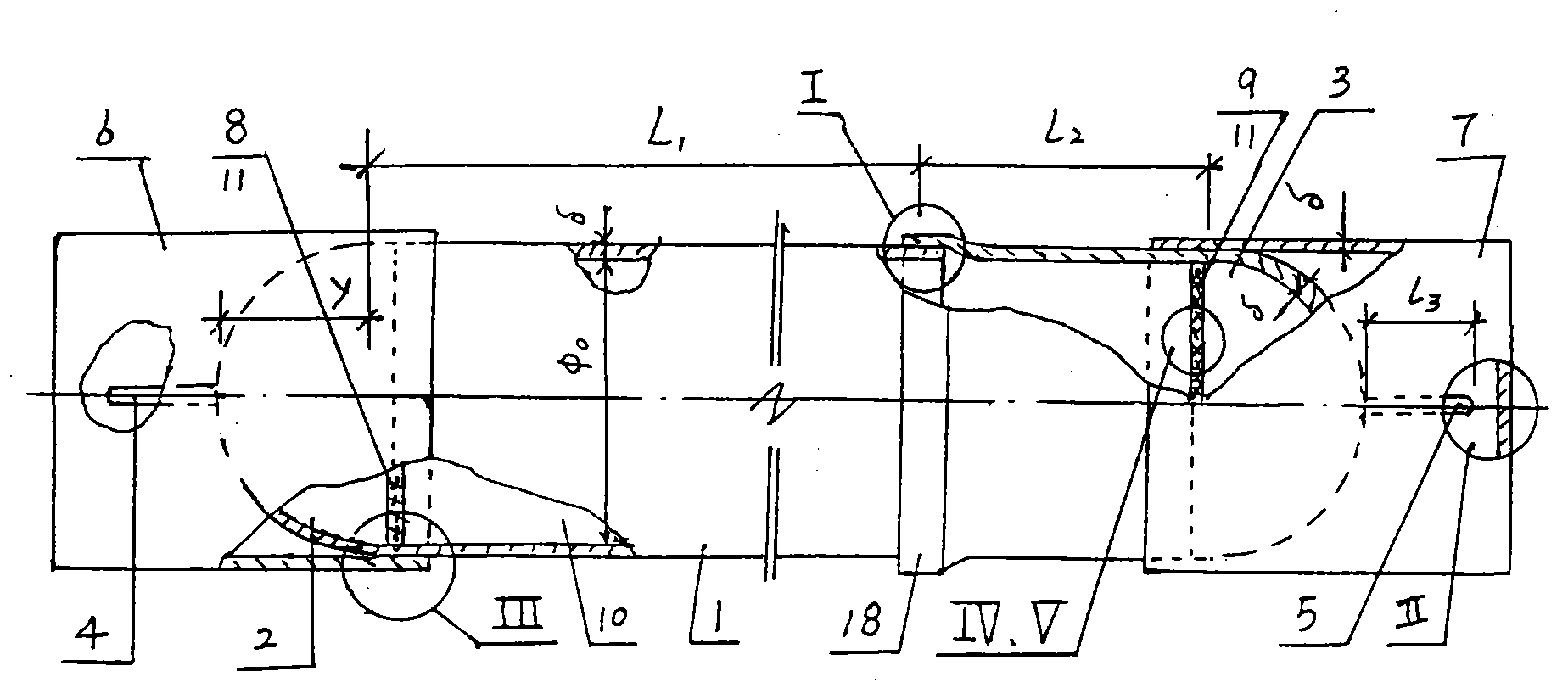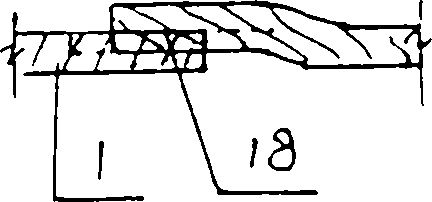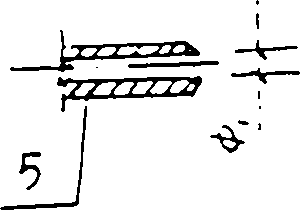Cell specimen screening and separation device
A separation device and specimen technology, which is applied in the field of cell specimen screening and separation devices, can solve the problems that large particles need to be processed separately, cannot be separated from large particles, and affect the experimental results, etc., so that the use method and operating procedures are easy to grasp and large-scale The effect of batch processing and production to fill the gap in China
- Summary
- Abstract
- Description
- Claims
- Application Information
AI Technical Summary
Problems solved by technology
Method used
Image
Examples
Embodiment Construction
[0017] Further explain in detail in conjunction with accompanying drawings;
[0018] Such as Figure 1-8 As shown, the device for screening and separating cell specimens has a split tubular main body 1 that can be screwed together, and the left and right ends of the main body 1 respectively have left and right circular or conical Heads 2 and 3; left and right circular or conical heads 2 and 3 respectively have a left and right circular or conical head which communicates with the cylinder cavity 10 of the cylinder body 1 and is integrally processed with the circular or conical head. , right extruding pipes 4, 5; there are also left and right caps 6, 7 corresponding to the left and right circular or conical heads 2, 3 together with the left and right extruding pipes 4, 5 thereon, The left and right covers 6, 7 are detachably installed on the main body 1 respectively; on the inner walls of the positions where the two ends of the main body 1 are close to the left and right circul...
PUM
 Login to View More
Login to View More Abstract
Description
Claims
Application Information
 Login to View More
Login to View More - R&D
- Intellectual Property
- Life Sciences
- Materials
- Tech Scout
- Unparalleled Data Quality
- Higher Quality Content
- 60% Fewer Hallucinations
Browse by: Latest US Patents, China's latest patents, Technical Efficacy Thesaurus, Application Domain, Technology Topic, Popular Technical Reports.
© 2025 PatSnap. All rights reserved.Legal|Privacy policy|Modern Slavery Act Transparency Statement|Sitemap|About US| Contact US: help@patsnap.com



